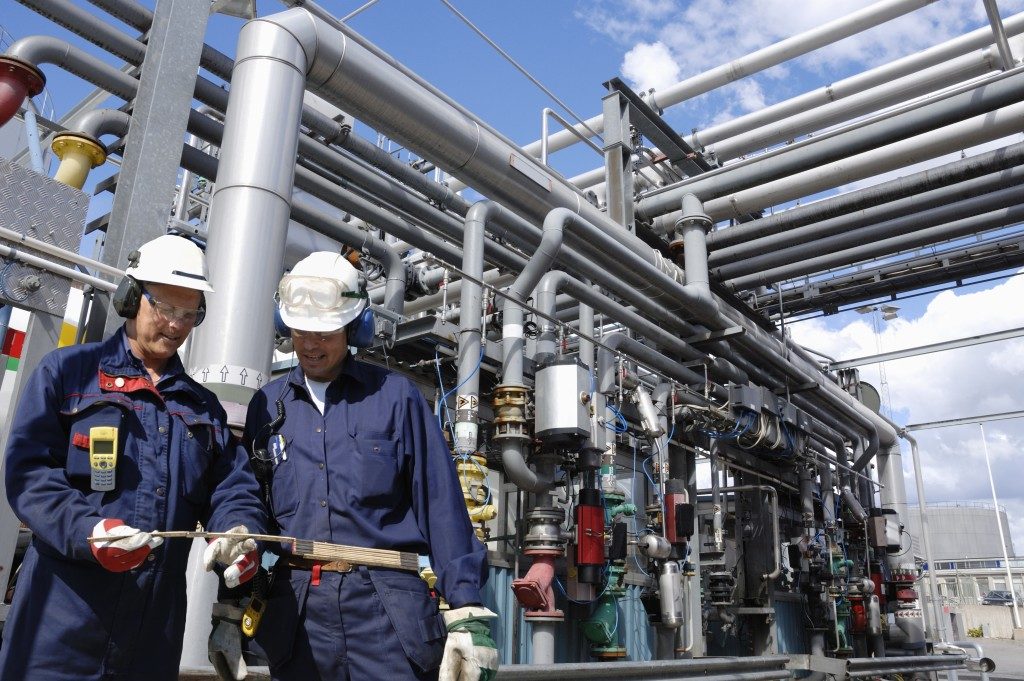The Industrial Revolution occurred between the 18th and 19th centuries. Previously, most people’s livelihoods relied on agrarian production in rural areas; with the introduction of factory work and mass production, cities and towns expanded as the labour force left the countryside and searched for work in urban, industrial areas.
In the UK before the revolution, cottage industries manufactured products on a small scale from home, often made from basic equipment and tools. The invention of the steam engine and the spinning jenny, the boom in the coal and iron industry and improvements in transport, communication and banking contributed to the Industrial Revolution. Industrialisation brought specialist machinery, organised the production process and changed the labour skills required to enable mass production of a specified product. The increase in manufactured goods stimulated the economy and created the middle class.
The Importance of the Midlands
With London being the centre of government and rule of the commonwealth, other areas in the UK played important roles in spurring ideas and industry. The Midlands was the heart of industrial production and innovations. The steam engine was manufactured by local engineer Watt and entrepreneur Boulton; Wedgewood mass produced quality pottery. Birmingham, known as the city of a thousand trades, was the hub of a canal system that provided cheap and efficient transport of raw materials to factories and finished products to the markets and ports. Other areas of the Midlands also benefitted from industrial production. Lincolnshire, an agricultural county needed to increase production to feed a growing population. With local millwrights and blacksmiths already established to make and repair agricultural tools, it wasn’t long before entrepreneurs, like Clayton and Shuttleworth, capitalised on their skills. Establishing their company in 1842, they developed and manufactured farm machinery and other engineering products that quickly met demand thanks to the canal system.
Wealth for All?
The Industrial Revolution increased the demand for workers. Many rural folks wanted to find a better life compared to the demands of farming and the often subsistent existence. However, with the explosion of industrial activity, the willingness of people to work in the factories and mills, and the lack of government regulations, employers had little incentive to make any provisions for their labour force other than to provide a basic salary. The average workday was 16 hours, six days a week for between six to eight pounds a week.

Safety at Work
If you worked at a factory in Lincolnshire today with the same work conditions as during the Industrial Revolution, the place would be shut down, and any law firm in the UK would win a workplace accident case. The work conditions were a result of rapid change, greed and ignorance as workers moved from the countryside to the factory. Employers showed little concern about workers’ health since the demand for jobs was high, and recruits were found easily if a worker became sick. Respiratory problems were common, from the smoke billowing out of coal-driven machinery to the dust and fibres irritating the lungs of the textile workers. Noise often led to occupational deafness and unprotected machinery often led to accidents or fatalities. When the government finally took notice of the hazards of factory works, its first report recorded thousands of accidents. Children were commonly employed to work long hours in dangerous conditions.
The Industrial Revolution changed so many things, from the economy to how we work and the social fabric of society. Thankfully, the worst traits of working in the Industrial Revolution have reduced with legislation and innovation. Safety at work is the responsibility of the employer and the employee; at least now we have guidelines and regulations so work isn’t life-threatening.
